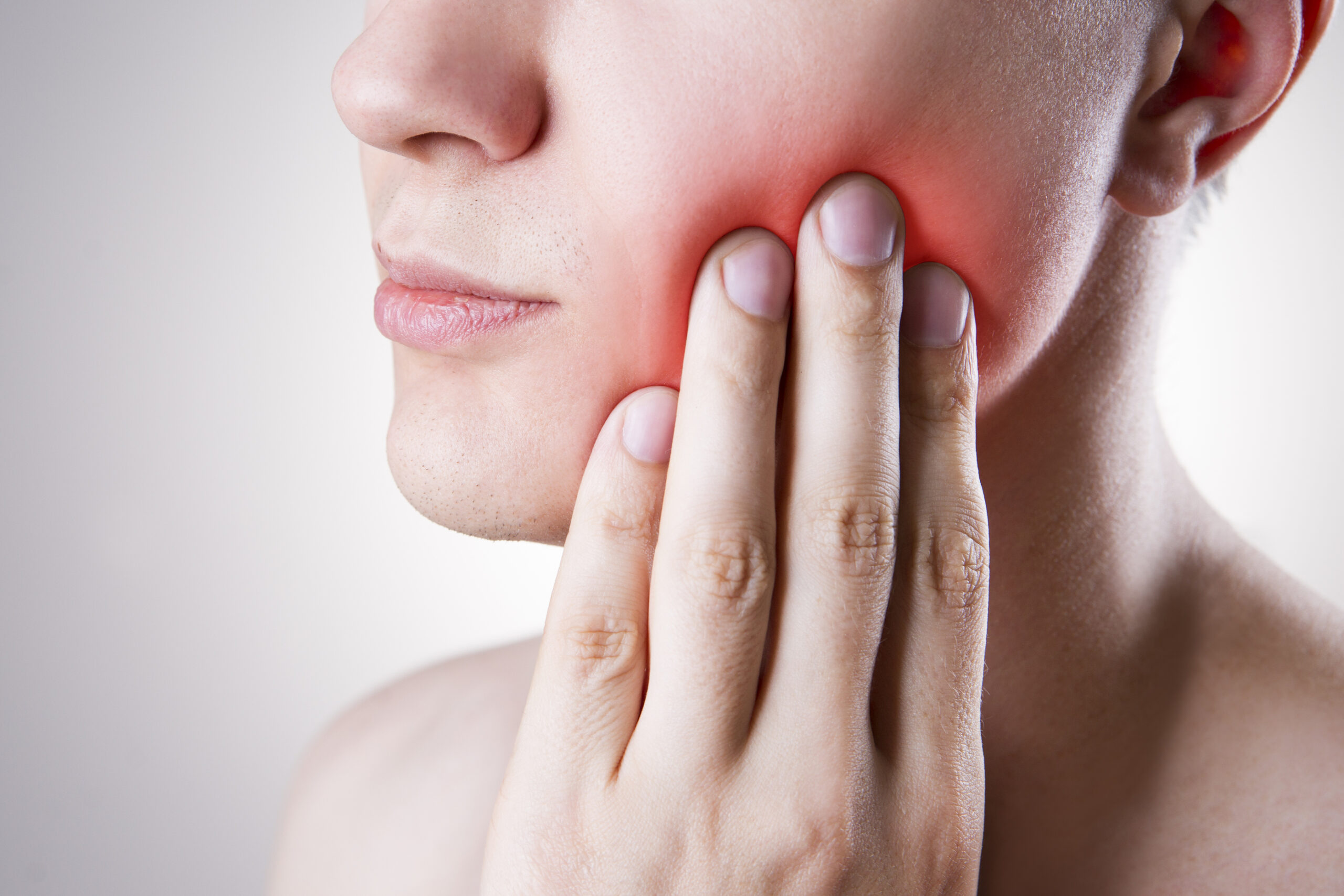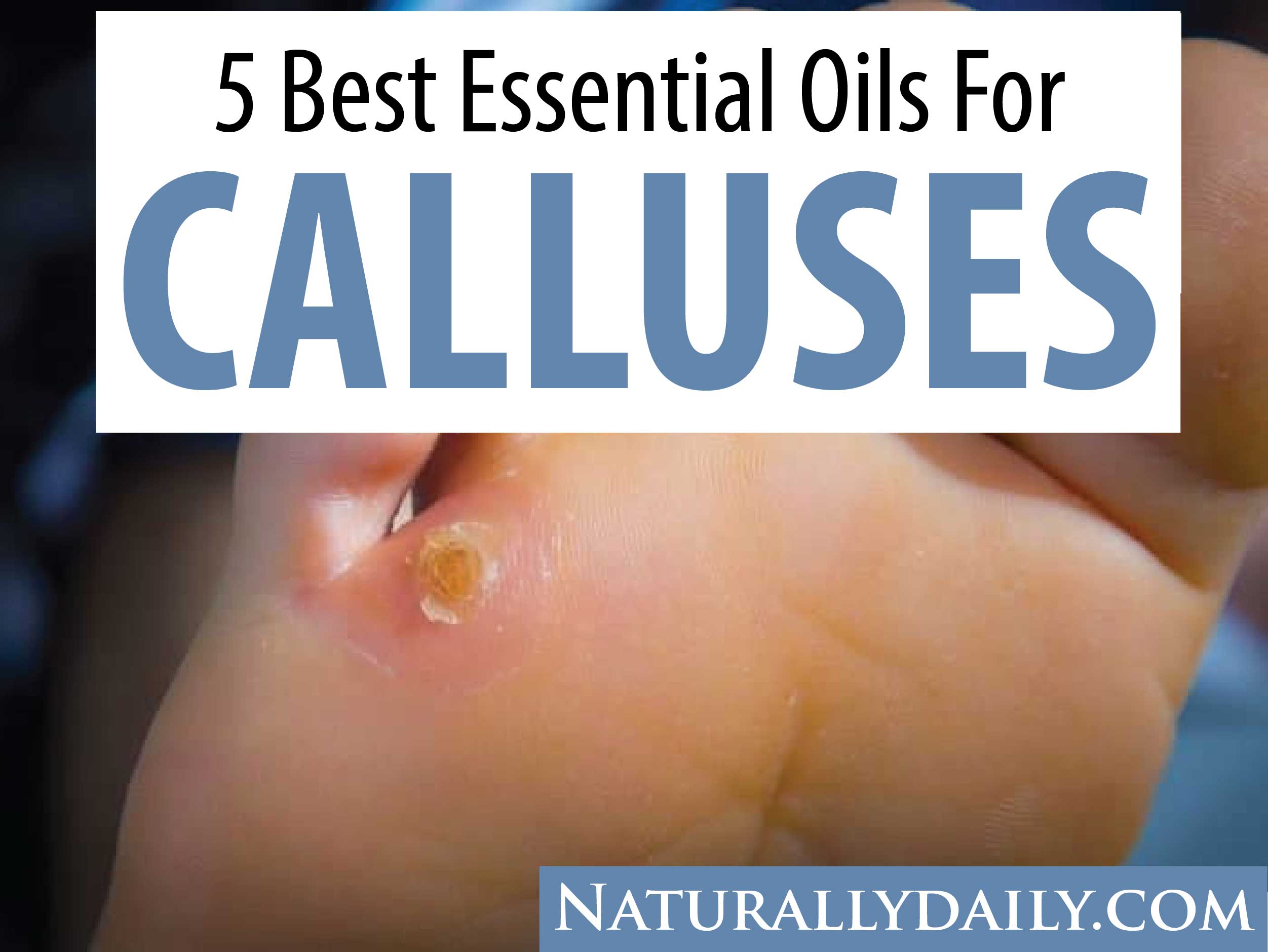Bunion or hallux valgus is a deformity of the big toe. It leaves you with a bony bump or swelling at the joint base where the big toe links with the rest of your feet. [1]
The enlarged edge of the big toe sticks out like a turnip and causes you much pain and discomfort.
However, you can reduce the pain and discomfort using some essential oils for bunions.
The metatarsophalangeal (MTP) joints connect the base of your feet to the proximal bones of your toes. [2] The big toe faces inward, and the bony swelling forms an unusual angle at the joint that is greater than 14.5°. This strange shape of the feet is diagnosed as hallux valgus or bunion. [3]
This feet deformity is very prevalent. 23-35% of the adult population suffer from painful bunions. [2]
Essential oils may help to dissolve bunions naturally. But, these essential oils are the complementary remedy. There’s no guarantee that these will work for you. You must discuss with a doctor before you use essential oils or any home remedy.
In this article, you’ll learn some potential efficacy and uses of essential oils for bunions and its symptoms. You’ll also get to know the causes and symptoms of this feet deformity.
Why Use Essential Oils for Bunions Treatment?
Essential oils are volatile compounds that we can derive from different plants. They originate from the distillation of different parts of an individual plant.
These essential oils are full of benefits for both physical and mental wellness.
People have been using essential oils from the ancient times as home remedies. They are also famous for aromatherapy, household cleaning, and in cosmetic industries.
The medicinal values of essential oils come from their potent anti-inflammatory, antibacterial, analgesic, antifungal, anti-anxiety, and antioxidant properties. All these compounds are useful for reducing the pain and swellings of bunions. [6]
Essential oils can improve blood circulation and inhibit the inflammations of the scar tissue of bunions. Thus, they can be a good choice for curing hallux valgus or bunions.
8 Best Essential Oils to Dissolve Bunions
1. Chamomile Blue Oil
German chamomile essential oil is also known as Chamomile blue or Matricaria recutica.
This warm and sweet-scented essential oil has a blue color. It’s because of the azulene compound inherent in it. It originates from the yellow tubular flowers of the chamomile plants. [7]
The blossoms have a lovely apple- aroma. Chamomile plants belong to Asteraceae plant family.
People have been using chamomile oil for various wellness purposes. The oil can relieve anxiety, stress, and pain during childbirth. [7]
German chamomile oil has analgesic, anti-inflammatory, nervine, sedative, cooling, and anti-spasmodic properties. The oil is great for topical use or massage to relieve the pain and swelling of bunions. [7]
Key Takeaway:
The medicinal properties of German chamomile oil can reduce any pain and inflammation. So you can use this oil massage if you have swelling due to bunions.
Read More: 14 Health Benefits of Chamomile Tea (Backed by Science)
2. Marjoram Sweet Oil
The warm and spicy flavored Marjoram sweet oil originates from marjoram plant. [8]
Marjoram oil has a calming effect on both your body and mind. Marjoram was an essential plant for the Egyptians and Greeks.
They thought that the sacred plant could provide longevity, good luck, and peace. The plant was a crucial ingredient in producing beer before the introduction of hops.
Marjoram oil is rich in anti-convulsing, anti-inflammatory, immune-stimulant, antioxidant, analgesic, and antibacterial properties. [8]
The herbal oil contains painkiller and anti-inflammatory components. Thus, it can lower the pain of bunions, bruises, spasms, etc. [8]
Key Takeaway:
Marjoram oil is a natural painkiller. It’s anti-inflammatory, antibacterial, and analgesic properties help reduce bunions pain.

Read More: 10 Best Essential Oils for Bone Healing & How to Use Them
3. Lavender Oil
Lavender essential oil is one of the most versatile essential oils. The floral scented aromatic oil originates from the lavender flowers through steam distillation. [9]
Lavender belongs to the mint family of Lamiaceae. The therapeutic plant is native to Eastern and Western Europe, Africa, and the Mediterranean region. [9]
People have been using lavender oil for various purposes for thousands of years. [10]
In the ancient times, the oil was famous as an insect repellent, and the Romans used it to dress wounds.
The rejuvenating oil contains a long list of therapeutic oil compounds. These are analgesic, antioxidant, antiseptic, anti-inflammatory, anti-anxiety, etc.
Lavender oil is the safest essential oils for topical application. It can soothe the swellings and pains of bunions in no time. [10]
Key Takeaway:
Lavender oil is the most reliable oil for topical use. It can be the best choice if you want to have an essential oil massage. Its therapeutic properties can ease the pain and inflammation due to bunions.
Read More: 5 Ways to Use Lavender Oil for Hair Problems
4. Lemon Oil
The fresh and citrusy aroma of lemon essential oil is rejuvenating. Lemon has always popular as the natural source of vitamin C, and minerals. It also contains astringent and antiseptic properties. [11]
Lemon oil comes from the peels of lemon or lime through cold pressing.
It is a purifying and cooling agent that can soothe and relieve inflammations. Lemon oil has analgesic and blood regulating properties. These properties can help you ease bunions symptoms. [11]
Key Takeaway:
Lemon oil contains cooling properties. These components can reduce inflammations and reduce other symptoms of bunions.
Read More: 10 Ways Lemon Oil Can Benefit your Health
5. Peppermint Oil
The peppermint plant is a combination of spearmint and watermint plants. It can cure headaches, hair disorders, nausea, sore throat, indigestion, and muscle cramps. [12]
Peppermint essential oil of Mentha piperita is famous for its revitalizing minty aroma. The herbal oil originates from the flower tops of the peppermint plants. It has an energizing effect to relieve the joint and muscles pains and swellings.
The high menthol content in this oil makes it one of the most effective home remedies for bunions pains. Peppermint oil comes with potent anti-inflammatory, analgesic and cooling effects. [12]
Thus, It can penetrate deep into the skin and relieve all sorts of pain and discomfort caused by bunions.
Key Takeaway:
One of the most effective home remedies for bunions. Its therapeutic compounds can relieve all kinds of pain and inflammation.
Read More: 12 Uses and Health Benefits of Peppermint Oil
6. Rosemary Oil
The scientific term of Rosemary essential oil is Rosmarinus officinalis. It has exciting and re-energizing effects on tired feet, joints, and muscles. The herbal oil originates from the rosemary flowering plant of Lamiaceae plant family. [13]
Rosemary oil has a woody and fresh herbal scent. It is rich in analgesic, anti-rheumatic, anti-inflammatory, expectorant, anti-anxiety, and immune–stimulant properties.
Hence, the oil can relieve gallbladder problems, skin disorders, bunions pains, and swellings. [13]
Key Takeaway:
Rosemary oil is excellent for any issues on joints, muscles, and feet. Its medicinal properties can relieve pain and discomfort if you have bunions.

Read More: 13 Health Benefits and Uses of Rosemary Oil (Backed by Evidence)
7. Wintergreen Oil
Wintergreen essential oil is a traditional home remedy in North America. It has a strong minty flavor. This essential oil originates from the leaves of the wintergreen plants. [14]
Wintergreen oil consists of anti-inflammatory, Anti-arthritic, Anti-rheumatic, and energizing properties. Besides, the oil contains a potent analgesic compound called Methyl Salicylate. It is effective against all forms of aches and pains, fatigue, and muscle tensions. [14]
As a pain reliever wintergreen oil can inhibit pains and swellings of bunions.
Key Takeaway:
Wintergreen oil can be a good choice for pain relieving. Methyl Salicylate, an active component of the oil can soothe any pain or aches due to bunions.
8. Eucalyptus Oil
Eucalyptus oil is a traditional remedy for cold, flu, fever, muscles pains, etc.
The woody scented oil come from the sickle-shaped leaves of the eucalyptus tree. [15]
Eucalyptus essential oil is effective in reducing joint pains such as bunions. Hence, athletes use it as a pre-sport rub for stimulating and pain relieving effects.
The oil contains potent anti-inflammatory, anti-rheumatic, and analgesic components. Thus it can be the best home remedy for bunions joint pains and neuralgia. [15]
Key Takeaway:
Eucalyptus oil is rich in anti-rheumatic, analgesic, and anti-inflammatory properties. Thus, it can reduce all sorts of joint pains including bunions.
How to Use Essential Oils for Bunions?
The most effective way that you can use essential oils is a gentle massage. You can create a bunions massage blend by combining several essential oils. Don’t forget to dilute them with a carrier oil.
You can also resort to a footbath using essential oils to treat your feet deformity.
Here are two of the best essential oil blends for bunions.
1. Bunion Massage Blend
Try this essential oil massage for bunions pain:
Pour ½ cup of coconut oil into the dropper bottle through a funnel. Add 10 drops of each of German chamomile oil, eucalyptus oil, lemon oil, sweet marjoram oil, and 8 drops of wintergreen oil to the carrier oil. Lid the bottle and shake so that all the oils mix well.
You can apply a teaspoon of the oil blend onto the affected area; the big toe and the swollen bunions. Massage for 15 minutes. Repeat the process twice daily, preferably before you go to bed.
2. Foot Bath for Swollen Bunions
How you can take a foot bath if you have swollen bunions:
Fill a foot soaking tub with lukewarm water. Now dilute a ½ cup of Epsom salt in the water. Add 10 drops of each of wintergreen oil and lavender oil to the solution one by one.
Now, dip your feet in the soothing solution for 15-20 minutes. You can repeat the treatment thrice daily to relieve pain and swellings of bunions.

Precautions & Safety Tips
Essential oils must be handled with proper cautions. Although they are natural and safe, you need to know how to use them. Keep in mind the following things before using any essential oils:
- Always read the instructions written in the bottle and try to follow them.
- Some essential oils are very strong. So you need to dilute them with a carrier oil before any topical application.
- Don’t go to direct sunlight after applying essential oils that are photosensitive.
- Do a patch test by applying some of the oil to your hand. If it irritates your skin, don’t use it again.
- If you’re pregnant or a breastfeeding mom, ask a doctor before using essential oils. If possible, avoid using them.
Causes & Symptoms of Bunions
Both men and women may suffer from bunions. But, women are at a higher risk of this feet deformity. It is because women footwear such as high heels is more constricting to the feet.
They squeeze and prevent the blood flow to the toes for a prolonged period. Hence, the toes have little range of regular motion and form a tender fluid-filled sac or bursa. [3]
Even men who wear tight-fitting shoes and are on the feet most of the time are on risk of bunions. It’s because they may pressurize the toes and develop this scar tissue. It causes swelling and abnormal positioning of the feet. [1]
Bunions grow gradually and slowly. It may start with redness, swelling, and puffiness on the edge of the big toe joint. You may experience pain while walking or exercising as the bony bump or bunions stick out of your feet. [2]
Read More: 11 Natural Home Remedies for White Spots on Toenails
Some of the other reasons responsible for bunions: [4]
- If your shoes happen to be tight-fitting. It will result in your ankles and toes to turn inside without enough space.
- A wrong or poor way of physical exercise and running that affects your feet.
- Overusing the feet if you are an athlete, dancer, etc.
- Some injuries to the feet, toes, and ankles.
- If you are a patient with arthritis, rheumatoid, lupus or polio; you may develop bunions.
- You may develop bunions genetically if the condition runs in your family. Adolescents are more prone to suffer from bunions genetically.
As the bunions enlarge on your feet, your regular movements become harder and painful. It is advisable that you seek professional help the sooner you detect the signs of bunions on your feet. [4]
Bunions surgery is unnecessary to trouble. Around 35% of bunions patients were not satisfied with the process post-surgery. [5]
Read More: 10 Essential Oils for Athlete’s Foot + (How to Use Them)
When to See a Doctor
Bunions usually don’t need doctors. You can heal them using home remedies. But, if you see the following symptoms, you should ask for medical treatment:
- Walking in flat shoes gives you pain (which is unusual).
- Extreme foot pain.
- Persistent big toe with a visible bump.
- Reduced movement of the foot or big toe.
End Note
Bunions are not a severe medical condition. But, they can generate a lot of pain and discomforts in your everyday life.
The feet deformity isn’t a pleasant thing for your beauty as well. Using essential oils may be effective natural remedy to dissolve bunions naturally.
Don’t forget to consult a doctor if the condition gets severe.
Read Next: 14 Sure Ways to Get Rid of Bunions Using Home Remedies





